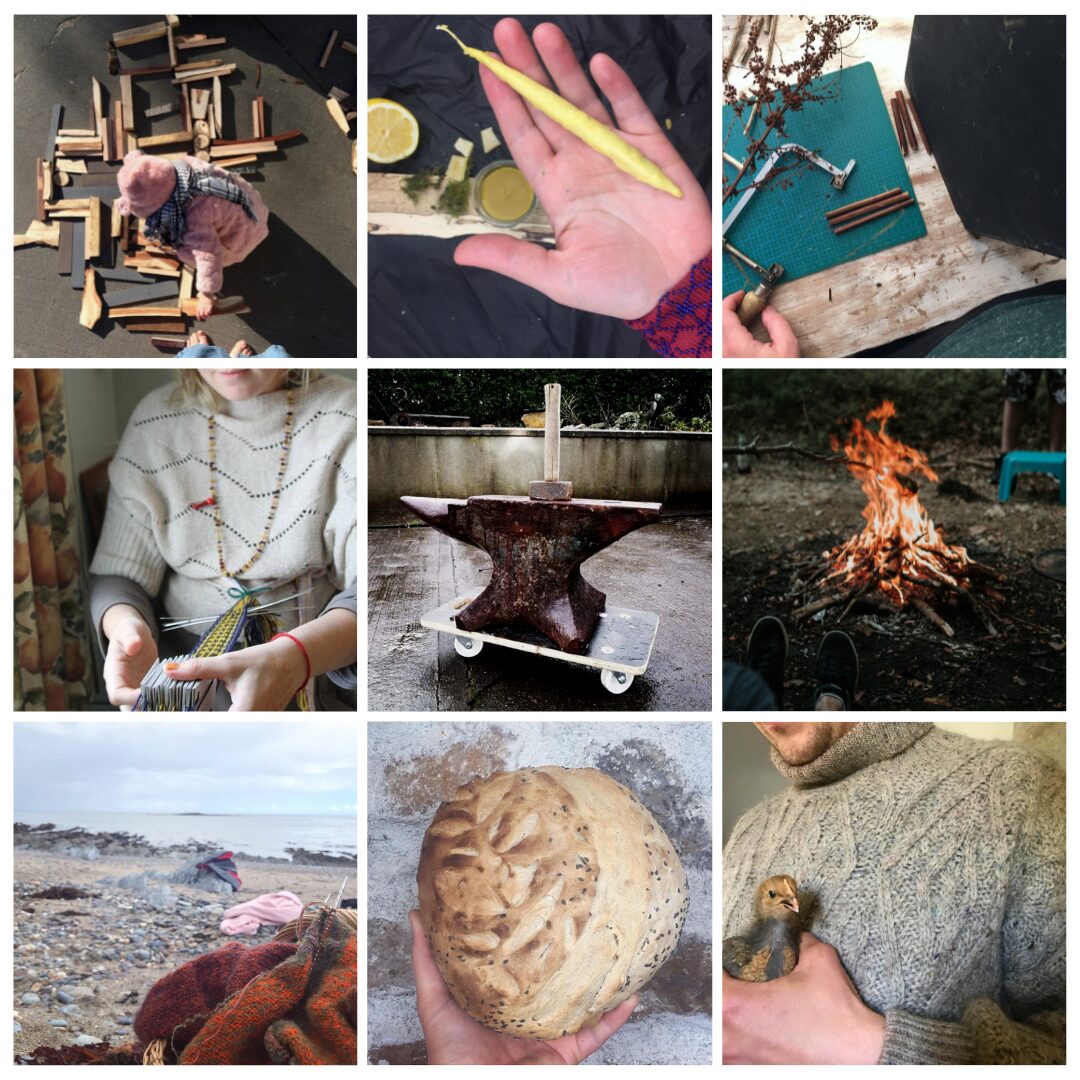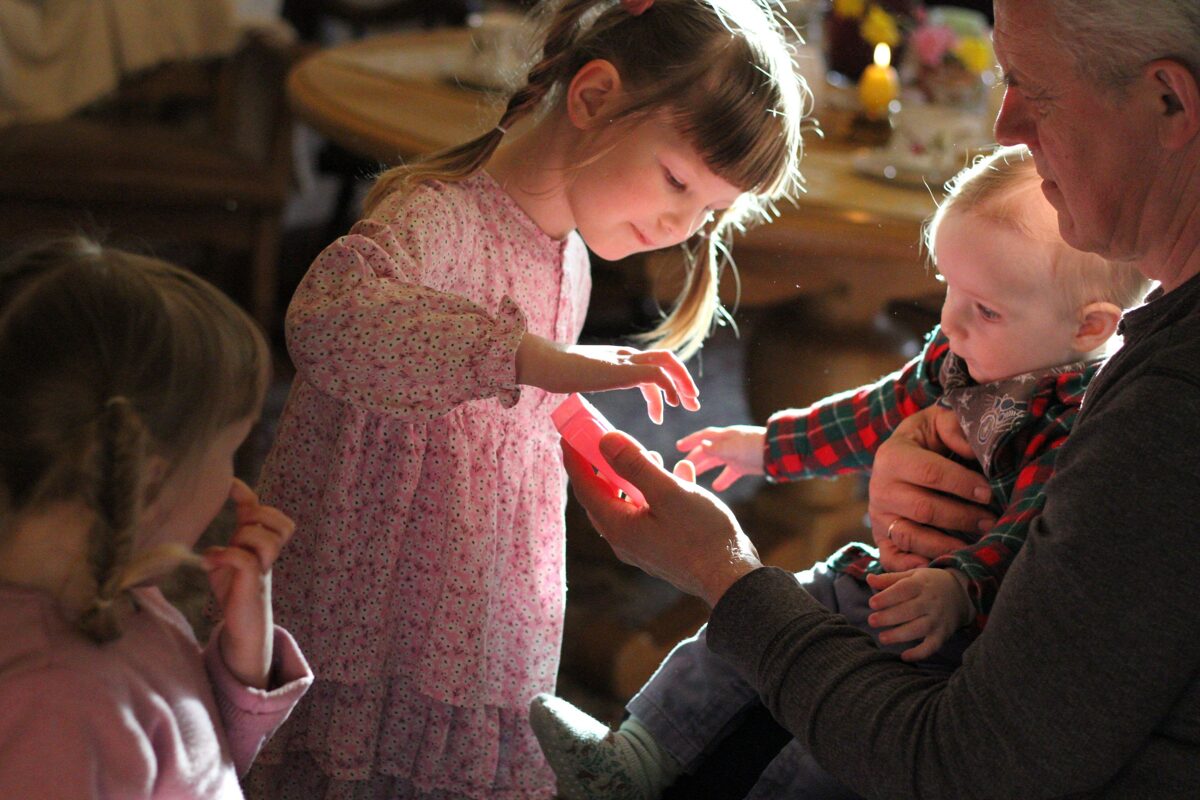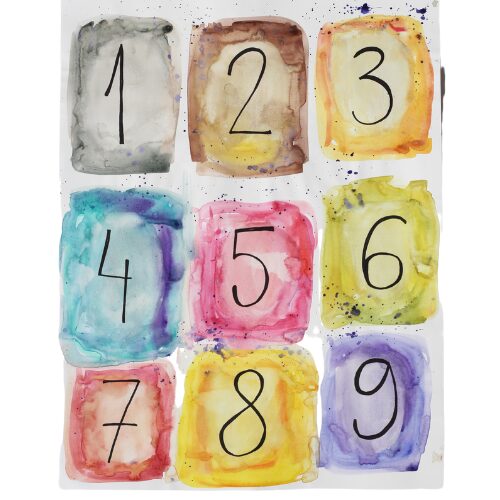Bringing Steiner’s Vision to Life in Today’s World
Introduction
In the previous post, we explored Rudolf Steiner’s holistic approach to education, which emphasizes the development of the whole child—mind, body, and spirit. As parents, the idea of nurturing our children in such a comprehensive way is deeply appealing. But in a world that often values academic achievement over personal growth, how can we realistically implement Steiner’s principles in our children’s education today?
This chapter will delve into the practical aspects of Steiner’s philosophy. We’ll discuss how parents can support their child’s development at home, what to look for in a school that aligns with these values, and how to create a balanced educational environment that fosters both academic and personal growth.

Creating a Steiner-Inspired Home Environment
One of the most significant ways parents can bring Steiner’s educational philosophy to life is by creating a home environment that reflects his principles. Waldorf education isn’t confined to the classroom; it’s a way of life that can permeate your family’s daily routines and activities.
1. Nurturing Creativity and Imagination
Steiner placed a high value on creativity, believing that imaginative play and artistic expression are vital for children’s development. As parents, we can foster creativity at home by providing our children with opportunities for open-ended play. Simple toys made from natural materials, like wooden blocks, dolls, or art supplies, encourage children to use their imagination rather than relying on electronic devices or highly structured toys.
Incorporating arts and crafts into your child’s routine is another way to nurture their creative spirit. Activities like painting, drawing, sewing, or playing a musical instrument can be both fun and educational. These activities not only stimulate the mind but also help develop fine motor skills and emotional expression.
2. Cultivating a Love of Nature
Steiner believed that a connection to nature is essential for a child’s well-being. In today’s digital age, where screens often dominate our children’s attention, it’s more important than ever to encourage outdoor play and exploration. Whether it’s a walk in the park, gardening in the backyard, or simply observing the changing seasons, spending time in nature can help children develop a sense of wonder and respect for the world around them.
You can integrate nature into your daily life by celebrating seasonal festivals, creating nature tables at home, or involving your child in caring for plants or pets. These activities help children feel connected to the rhythms of the earth and foster a sense of responsibility for the environment.
3. Encouraging Rhythms and Routines
Steiner emphasized the importance of rhythm in a child’s life, believing that a predictable routine provides a sense of security and balance. As parents, we can support our children by establishing consistent daily rhythms that include time for play, learning, meals, and rest. Simple rituals, such as family meals, bedtime stories, or morning greetings, can create a comforting structure that helps children feel grounded and secure.

Choosing the Right Educational Path
While creating a supportive home environment is essential, choosing the right educational path for your child is equally important. For parents interested in Steiner’s approach, this often means considering a Waldorf school or a similar alternative education model.
1. What to Look for in a Waldorf School
If you’re considering enrolling your child in a Waldorf school, there are several key aspects to consider:
Curriculum: Waldorf schools follow a developmental curriculum that aligns with Steiner’s principles. Look for a school that emphasizes creativity, critical thinking, and hands-on learning, with a strong focus on the arts, movement, and practical skills.
Community: A Waldorf school should foster a sense of community and collaboration among students, teachers, and parents. Involvement in school activities, festivals, and parent education programs can help you feel connected to the school’s mission and values.
Teacher-Student Relationships: In Waldorf education, the relationship between teacher and student is central to the learning experience. Teachers often stay with the same group of students for several years, allowing them to develop deep, trusting relationships. Look for a school where teachers are dedicated to understanding and nurturing each child’s unique strengths and challenges.
2. Integrating Steiner’s Principles in Conventional Schools
Not all families have access to a Waldorf school, and some parents may choose to send their children to a conventional school. However, it’s still possible to integrate Steiner’s principles into your child’s education, even within a traditional setting.
Advocate for a Balanced Curriculum: Engage with your child’s teachers and school administration to advocate for a balanced curriculum that includes arts, music, and physical education alongside academic subjects. Emphasize the importance of creativity, critical thinking, and emotional well-being in your child’s overall development.
Supplement at Home: If your child’s school doesn’t offer certain Waldorf-inspired activities, consider supplementing their education at home. After-school activities like music lessons, art projects, or nature walks can provide the holistic experiences that Steiner valued.
Foster Emotional Intelligence: Encourage your child to express their feelings and develop empathy for others. Books, discussions, and role-playing can help children understand and navigate their emotions, an essential part of Steiner’s approach.
Balancing Academic Achievement and Personal Growth
As parents, we often feel the pressure to ensure our children succeed academically, especially in a competitive world where grades and test scores are often seen as the primary indicators of success. However, Steiner’s philosophy reminds us that true education is about much more than academic achievement. It’s about helping our children grow into well-rounded, thoughtful, and compassionate individuals.
1. Prioritizing Well-Being Over Performance
Steiner’s approach encourages us to prioritize our child’s well-being over their performance. This means paying attention to their emotional and physical health, ensuring they have time for rest, play, and creative expression, and not pushing them too hard academically at the expense of their happiness and development.
2. Encouraging a Growth Mindset
One of the most valuable gifts we can give our children is a growth mindset—the belief that their abilities can develop through effort and learning. Steiner’s approach naturally aligns with this mindset, as it emphasizes the process of learning rather than the outcome. Encourage your child to take on challenges, make mistakes, and see learning as a lifelong journey rather than a race to the finish line.
3. Celebrating Individuality
Every child is unique, with their own strengths, interests, and pace of development. Steiner’s philosophy celebrates this individuality, reminding us that education should be tailored to the needs of the child, not the other way around. As parents, we can support our children by recognizing and nurturing their individual gifts, whether they excel in academics, the arts, sports, or simply in being a kind and thoughtful human being.

Conclusion
In today’s fast-paced, achievement-oriented world, Rudolf Steiner’s educational philosophy offers a refreshing reminder of what truly matters in our children’s education. By creating a supportive home environment, choosing the right educational path, and balancing academic achievement with personal growth, we can help our children develop into the well-rounded individuals we hope they will become.
As we continue this journey together, let’s keep in mind that education is not just about preparing our children for the future; it’s about helping them live fully in the present. By embracing Steiner’s principles, we can nurture not just our children’s minds, but their hearts and hands as well, guiding them toward a life of creativity, compassion, and joy.
No comments
Leave a reply
Cart
Cart is empty.
